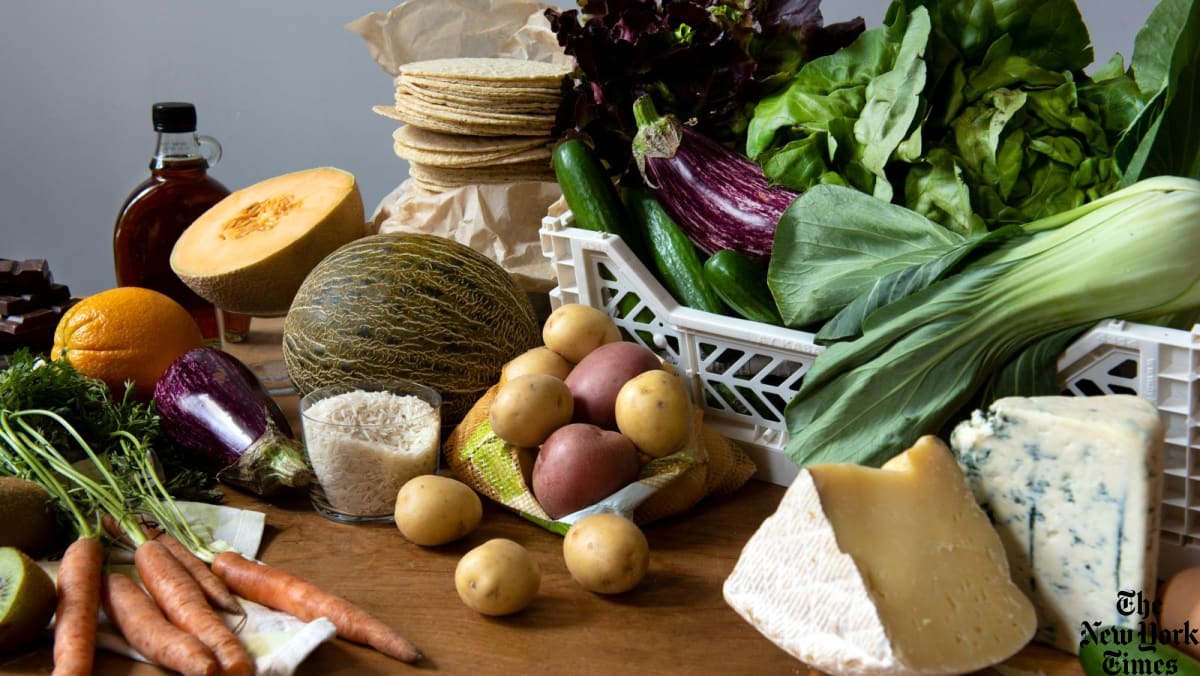What is the low-FODMAP diet and can it really help people with IBS or digestive issues?

HOW DOES THE DIET WORK?
The low-FODMAP diet includes three phases, and it’s best to navigate them with the help of a trained dietitian, Rosen said.
In the first phase, called the elimination phase, you’ll replace all high-FODMAP foods with low-FODMAP foods for two to six weeks (two weeks is usually long enough to see if the diet is helpful), she said. Popular foods you can eat in this phase include rice, quinoa, eggs, hard cheeses, most types of meat and fish, and many fruits and vegetables such as citrus fruits, strawberries, carrots and broccoli.
If your symptoms don’t noticeably improve during this phase, you should stop the diet; FODMAPs are probably not a problem for you, Dr Chang said.
If you do start to feel better, it’s time for the reintroduction phase, during which you add back foods high in FODMAPs one at a time, in increasing amounts over several days, Freuman said. The goal is to identify which FODMAPs, and in what amounts, lead to symptoms.
The final phase is the personalisation phase, during which you add back any high-FODMAP foods in amounts you can tolerate and create a balanced diet that is sustainable for the long term.
“It’s a learning diet,” Freuman said. It’s “about empowering you with the knowledge to really understand your triggers.”
After identifying the most bothersome foods, you can also consider taking an over-the-counter enzyme supplement – such as Lactaid, Beano or Fodzyme, depending on which types of FODMAPs are giving you trouble – to help you tolerate them, Freuman said.
If the classic low-FODMAP diet is not appropriate or realistic for you, a “gentle” FODMAP diet may be a better fit, Rosen said, especially if you’re malnourished, pregnant, have other dietary restrictions or a history of disordered eating, or if you are under 18 or an older adult.
For this version of the diet, the first phase involves eliminating a smaller group of foods that are most often problematic, such as wheat, onions, garlic, beans, milk and certain fruits; then you move on to the reintroduction and personalisation phases as usual.
Source: CNA















